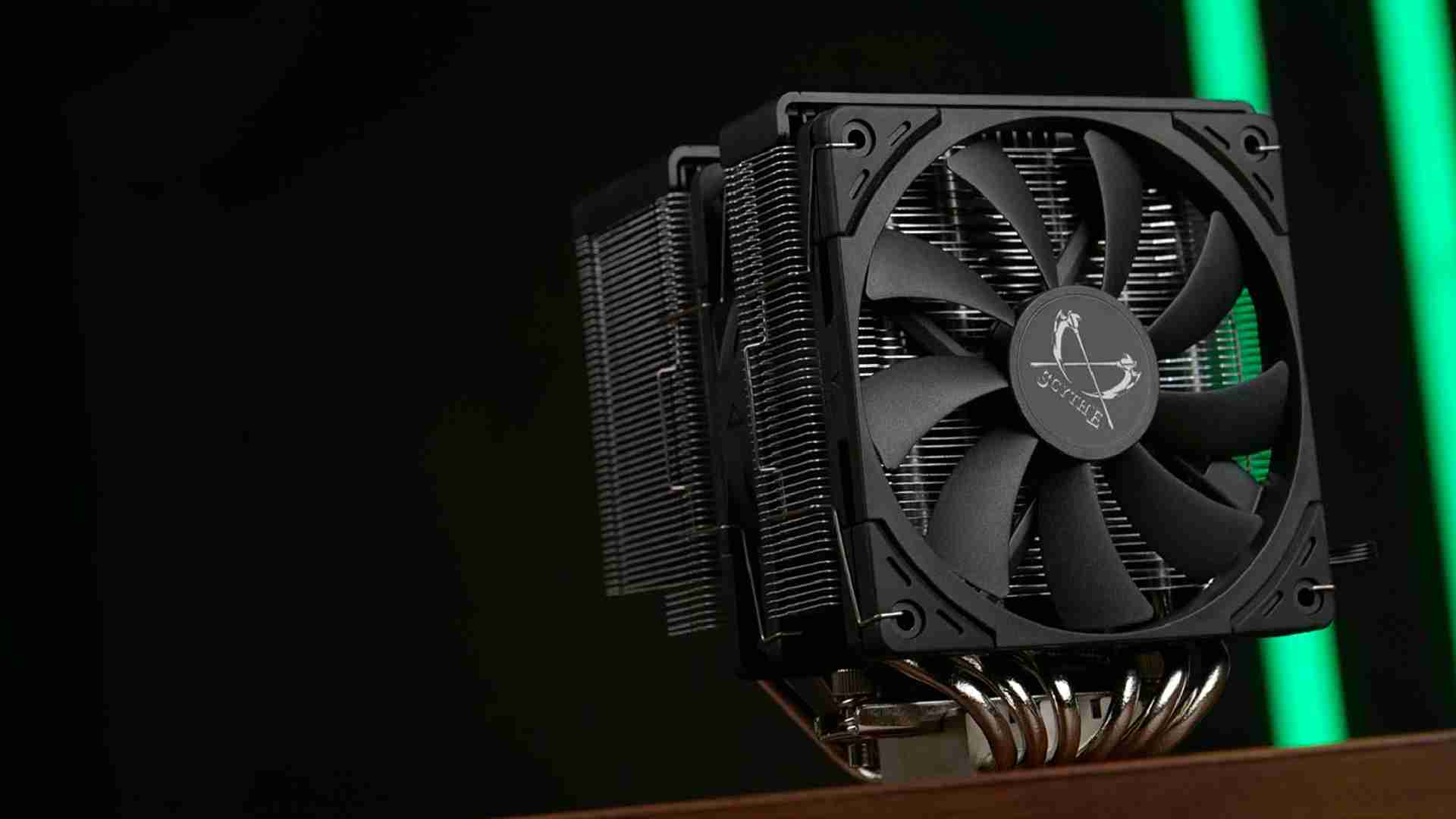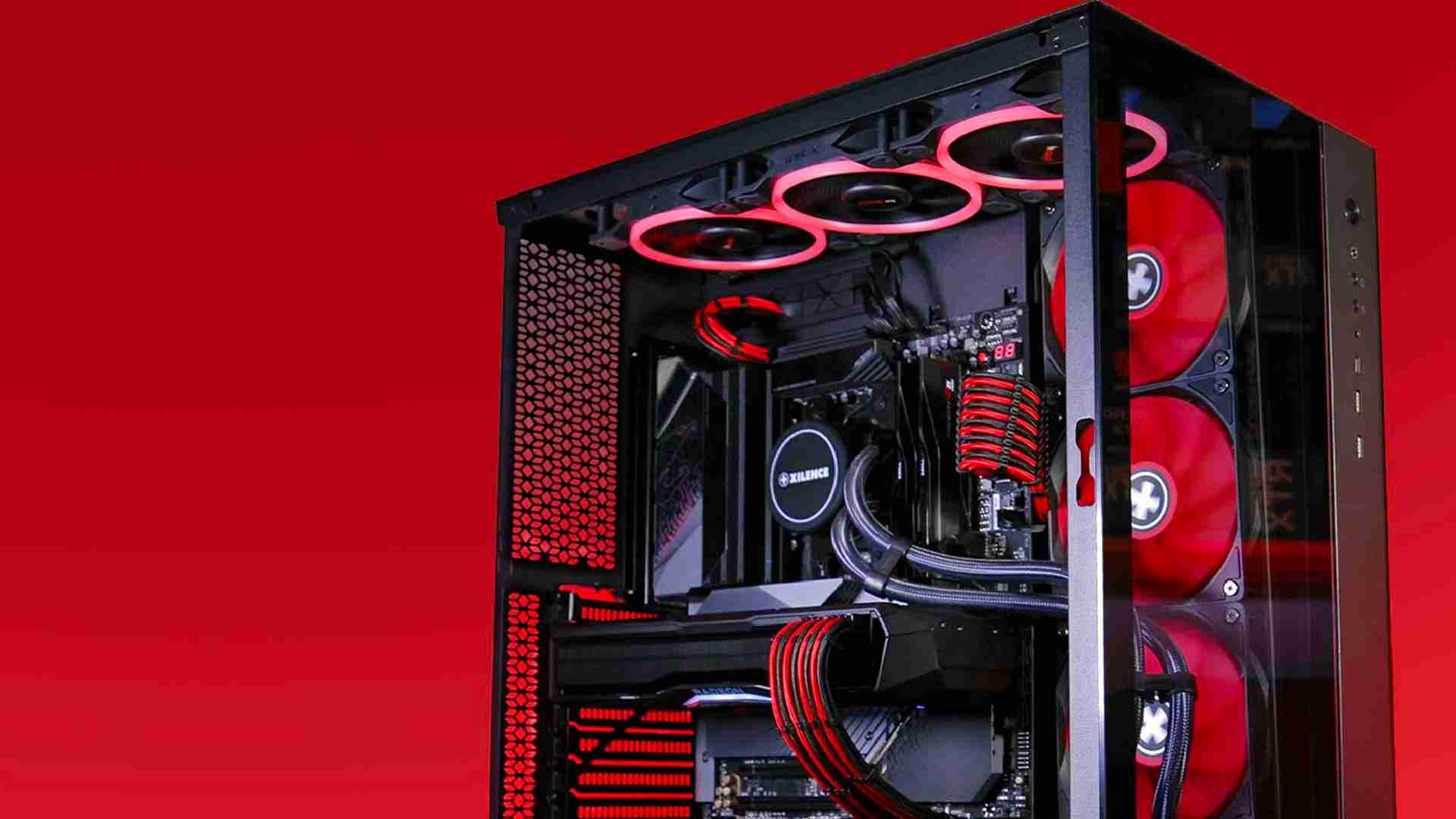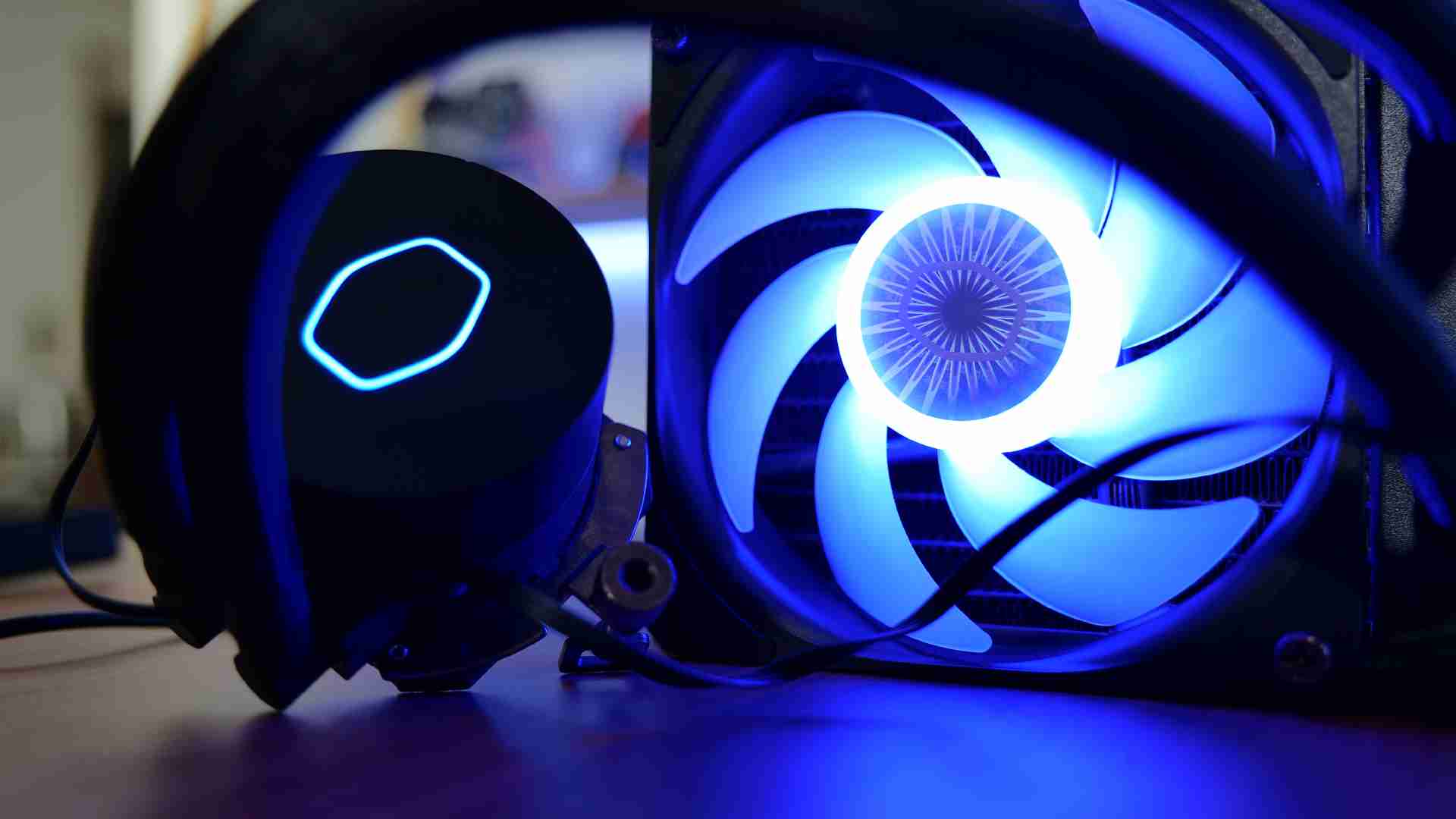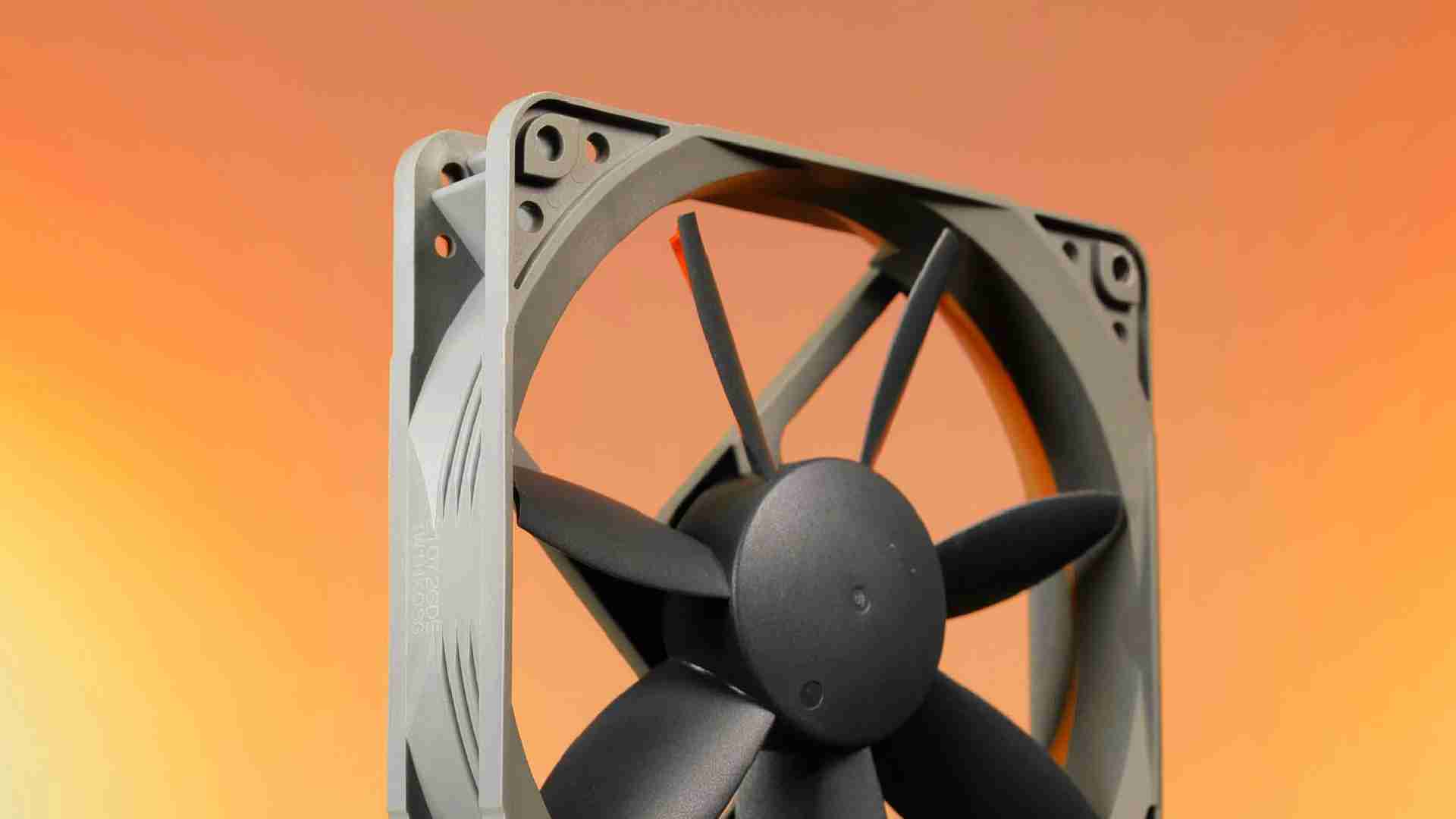Phanteks M25 120
Introduction
Phanteks 140mm M25 line of fans already proved they are outstanding performers. But what about the 120mm counterpart? It's time to take a closer look at the smaller version and find out if they are also such amazingly performing budget-friendly fans!
Positive
- Very Good Max Performance
- Good Noise-to-Performance
- Very Good Build Quality
- Good ARGB Implementation
Neutral
Negative
- Proprietary DRGB connector which is adaptable to standard 3-pin ARGB
- Should include a third extension for 3 separate installation spots.
What's in the Box?

Unlike the original T30, a triple pack comes inside a more modest type of packaging. Inside, we will still find every necessary item:
- 3x Phanteks M25 120mm
- Fan Screws
- 2x500mm PWM Extension
- 1x600mm DRGB to 3-Pin ARGB Adaptor
Down below you will find a summary of the M25s specs.
| Name | Phanteks M25 120 |
| Size | 120x120x25mm |
| Speed | <2000RPM |
| Airflow | <84.26CFM |
| Static Pressure | <2.67mm/H2O |
| Noise | <35.7dbA |
| Connection | 4-Pin PWM |
| Cable Length | <500mm each (with included adapter & extension) |
| Bearing | - Not specified - probably FDP |
| Motor | - Not specified - probably 4-Pole |
| RGB | Illumination from the center onto the wings |
Installation

The installation of an M25 itself is nothing out of the ordinary. Position the fan either on a Case-Fan spot or radiator, use the included fan screws for the ones included with the radiator and you're done.

On the connection part, there are a few things to note though.
Similarly to the T30, Phanteks doubled down on using very short PWM cables attached to the fan in order to allow daisy-chaining multiple fans to prevent cable clutter. Although we highly appreciate this way of doing things, we would also like to note that the cable seems to have the exact same length as their T30. This can lead to the cable being slightly stretched in an installation.
Additionally, two fans can use the included 500mm long extensions to connect the complete chain(s) to the Motherboard.

With the DRGB parts, we were not quite as happy. Just like any other Phanteks device created in recent years, the M25s are using Phanteks' proprietary DRGB connector. Although there is an adapter included in the box as well as having the possibility to Daysichain the DRGB connector of every fan, we would have preferred for the connection to be 3-Pin ARGB to begin with.
Appearance
Similarly to the M25 in 140mm, Phanteks claimed that they reused a lot of learned lessons from their T30- fan and applied the same principles for their Budget-Friendly M25. And although this shouldn't be taken as a universal statement, we can clearly see many similarities, especially on the frame.

All around the fan, we can see little reinforcement elements that we have already seen on the T30 before.
From little struts to the rubber corners which seem to be the exact same thing in a slightly different color, the fan not only promises to be but really is sturdy. Not as sturdy as a 30mm thick T30, but definitely an upper-shelf fan as far as 140mm Fans are concerned.

For the Blade Geometry, Phanteks decided to go to a 9- Blade design with slightly bent but relatively thick wings, a design which may or may not yield good results.

As the 120mm M25s are just a downscaled version of the 140mm M25s, they do not suffer the same RGB issues as their biggest counterpart. Thanks to the shorter wing span, their LEDs are strong enough to reach the outer end of each blade, making the overall RGB implementation significantly better.
Benchmark
We benchmarked the Phanteks M25 in 120mm on both test setups. Once focused on pure radiator performance using an 80mm thick radiator. To determine the performance of a fan, the above ambient temperature of the water exiting the radiator is measured.
The second scenario is a raw case benchmark. For this, we measure the CPU temperature of a system using a Noctua NH-P1 passive cooler. In this case, the fans are responsible for recycling the air within the case.
Case
Used to recycle the hot air inside a box with new cold one showed that the Phanteks M25 in 120mm are excellent burst performers. Spinning at 2000RPM, they were able to keep the CPU at 43.2°C above ambient. This positions them at the very top of our list, right behind the Phanteks T30 and in front of the Noctua NF-A12x25.

Slowly lowering the fan speed in 10% steps revealed that they are excellent burst performers, but a little bit of force is still involved. Overall, the noise-to-performance ratio of a M25 is slightly offset of a Phanteks T30. Compared to the Noctua NF-A12x25, the difference becomes substantial.

Radiator
Used as a radiator fan, the M25 in 120mm managed to be one of the best burst performers as well. Keeping the water temperature at 10.9°C above ambient, they managed to outperform every regular fan. The only fans left above the M25 on our chart are fans spinning at significantly faster speeds.

The corresponding Noise-to-Performance ratio turned out to be quite similar to the case- scenario. From start to finish the M25s were quite substantially behind both the T30 and Noctua NF-A12x25.

Conclusion
If we would summarize the Phanteks M25 in 120mm, the words "Burst-Performer" would be plastered across the whole text.
Although the M25 were not able to keep a Noise-to-Performance ratio comparable to either a T30 or Noctua NF-A12x25, they made some great points in their max performance. For both case and radiator use cases, they outperformed every fan spinning at acceptable speeds.

Apart from their performance, the build quality and RGB implementation is also solid. Although we are not particularly happy by Phanteks keeping their DRGB standard, everything is re-adaptable back to 3-Pin ARGB.
Overall, the quality is definitely on the solid side and the fans overall build quality can be compared to higher-end premium fans like the Noctua NF-A12x25.
From an RGB implementation side, Phanteks definitely did a great job. Even whilst shining light onto the fan, the LEDs remain uncountable and their strength is strong enough to reach the blades outer border.

As a whole, we were happy with how the M25 in 120mm turned out. They might not be the over-the-top performers in noise-to-performance like their 140mm counterparts, but as a more budget-friendly alternative to a T30 or A12x25, they are definitely an option.

They might not be the most "silent" fans out there, however, we were quite impressed by the burst performance that they can push in case you need it.
Thanks to that burst performance, we see the M25 in 120mm to be an interesting option. Interesting in the sense of, higher-end use case which may require the additional performance hidden in 2000RPM.
Therefore, if this requirement applies to you, and you are willing to give up some of that noise benefit that a T30 or A12x25 offers in favor of a better price, we can absolutely recommend the M25 as both a Radiator or Case fan, but definitely best suited for Radiator usage.


Scythe Fuma 3
With the new Scythe Fuma 3, Scythe just updated their Fuma 2 Rev.B to meet the newest performance standards! But is it really
Read More
MagniumGear Neo Cube 2 Review
The MagniumGear Neo Cube 2 takes a tried-and-tested form factor while giving it its own spin! Lets have a closer look at the
Read More
Cooler Master MasterLiquid ML120L V2 RGB Review
Cooler Masters refresh of their MasterLiquid Lineup, the MasterLiquid ML120L V2 RGB, promises to be better performing, quiete
Read More
Noctua NF-S12B Redux Review
Noctuas Redux series of fans combines their excellent performance in build quality with an excellent price. Lets find out how
Read More